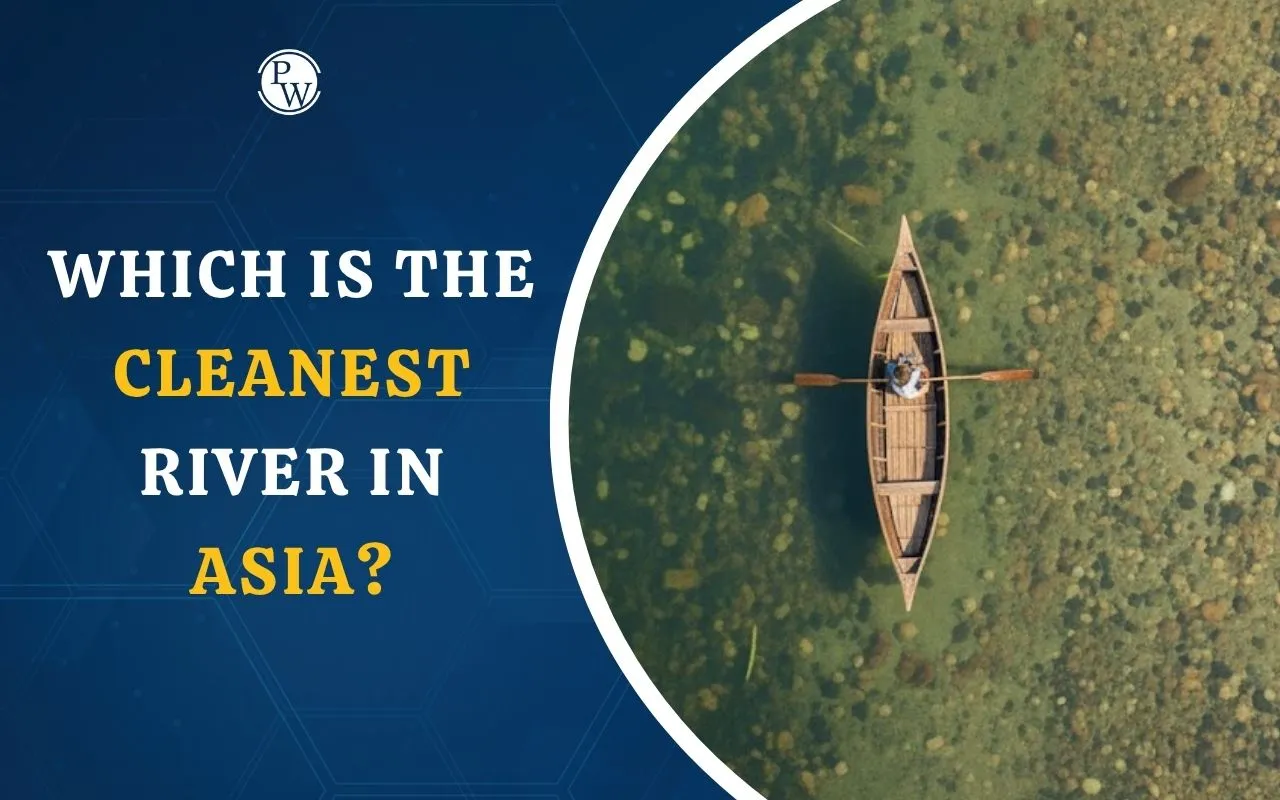

Water bodies have always shaped India’s life and development. Rivers supply water for farming, homes, and industries, while also holding great cultural and religious value across the country.
In recent years, many Indian rivers have become polluted. Their clear waters have turned muddy, affecting fish, plants, and farming that depend on them.
Among all rivers, the Umngot River in Meghalaya stands out as the cleanest. Also called the Dawki River, it flows through the West Jaintia Hills district and begins near the Eastern Shillong Peak, about 1,800 meters above sea level. The river divides the Jaintia Hills and Khasi Hills, and later marks part of the boundary between India and Bangladesh. This river is also known as the cleanest river in Asia.
The Umngot River is known for its clear water, through which the riverbed can be seen easily. Every year in March and April, a boat race is held on its waters. The river attracts many visitors for boating and sightseeing. However, this year, even during the busy tourist period, the water has turned cloudy, worrying the local community that depends on tourism.
India’s major rivers include the Ganga, Yamuna, Godavari, Krishna, Mahanadi, and Kaveri. These rivers provide water for drinking, farming, and electricity generation, and they play a key role in the country’s economic growth.
Pollution remains a major concern. The release of untreated industrial waste is one of the main reasons. Although the government has ordered industries to install sewage treatment systems, waste from factories still reaches rivers. Religious practices and the dumping of plastic waste are also worsening the problem.
Rivers continue to sustain India’s people and economy, but their protection now depends on stronger action and public awareness.
